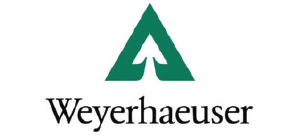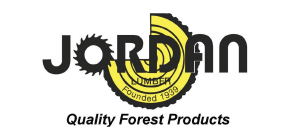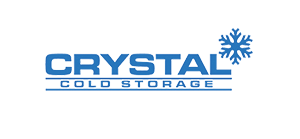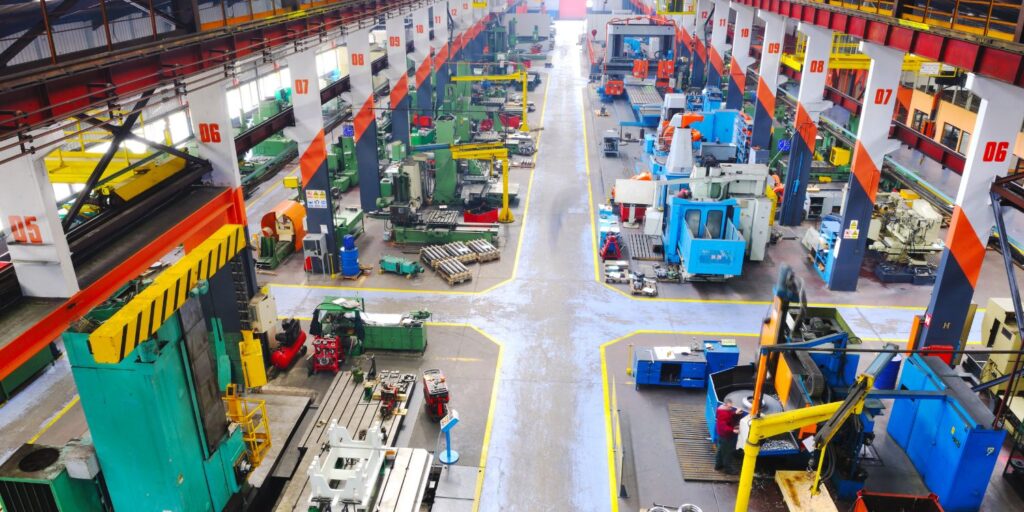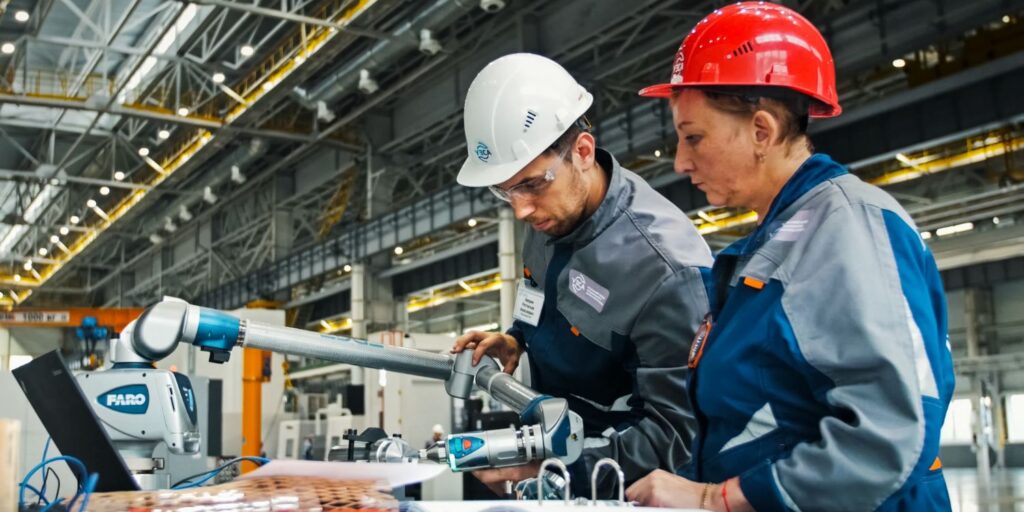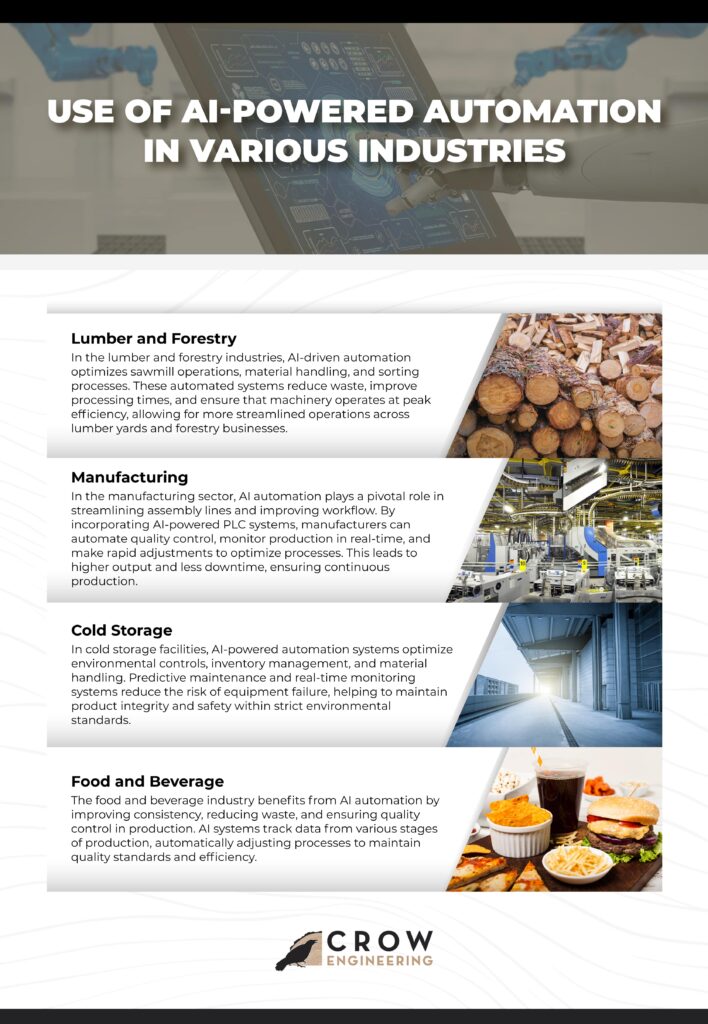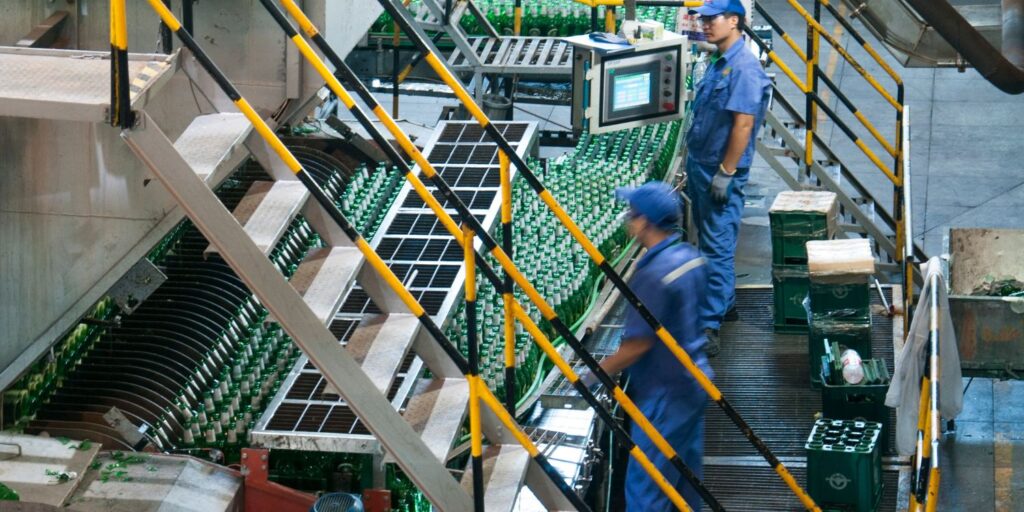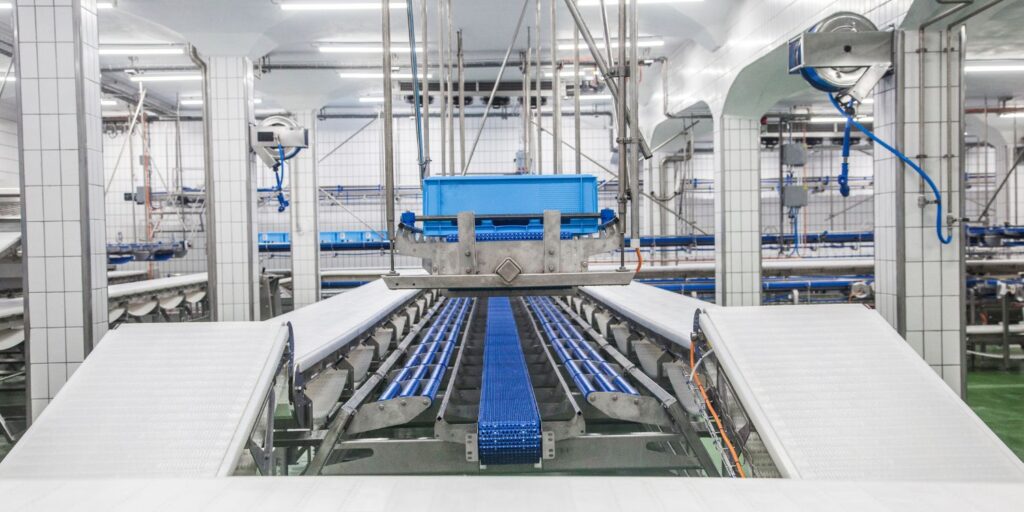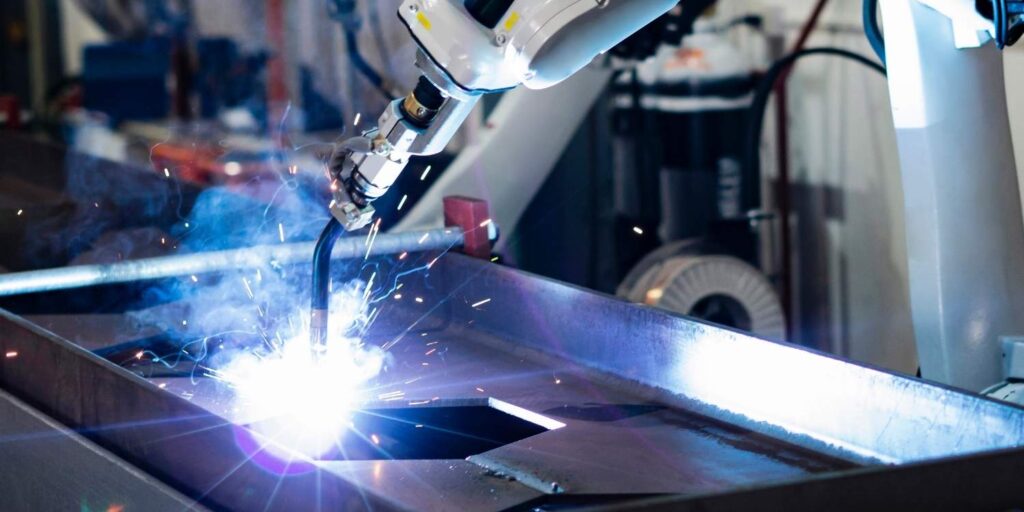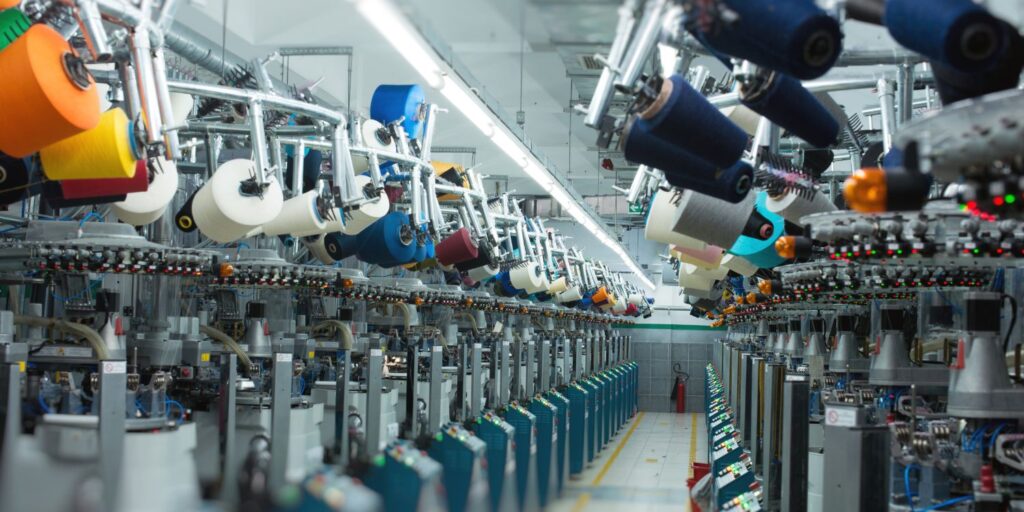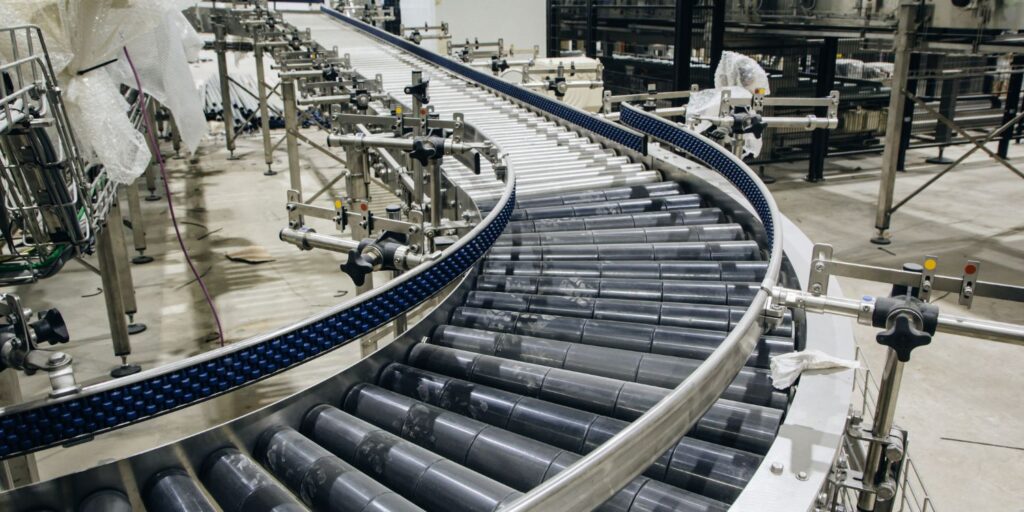PLC (Programmable Logic Controller) programming has become a cornerstone of automated industrial processes. PLCs are widely used to automate machinery, control systems, and industrial equipment. The ability to customize a PLC system to control complex processes has revolutionized industrial automation, enabling manufacturers to improve productivity, reduce downtime, and enhance the overall efficiency of operations.
Crow Engineering specializes in PLC control systems and machine automation solutions, helping manufacturers leverage the benefits of PLC programming to optimize their production processes. By integrating PLCs into automated systems, businesses can unlock significant advantages in terms of flexibility, scalability, and precision.
What is PLC Programming?
PLC programming refers to creating a set of instructions for a Programmable Logic Controller to execute. These controllers are specialized computers that control various types of machinery by monitoring inputs, executing logical instructions, and controlling outputs. PLCs are used to automate processes, from material handling systems to complex machine automation in manufacturing plants.
The programming of a PLC typically involves using languages such as Ladder Logic, Structured Text, and Function Block Diagrams. The versatility of PLC programming allows manufacturers to automate repetitive tasks, improve safety, and adapt quickly to changes in production demands.
Key Benefits of PLC Programming in Automated Manufacturing
1. Enhanced Process Control
PLC programming allows for precise control over manufacturing processes. Automated systems can be configured to monitor inputs such as temperature, pressure, and speed, and make real-time adjustments to optimize performance.
- Real-time Adjustments: PLCs enable real-time control and decision-making based on the current state of operations. This means that if a part of the process falls outside set parameters, the PLC can instantly adjust to correct the issue.
- Customization: The flexibility of PLC programming allows for custom solutions tailored to specific needs. For example, a PLC system can be programmed to handle different materials or products, adjusting production processes to ensure high-quality outputs.
By using Crow Engineering’s PLC control systems, manufacturers can implement a system that delivers consistent quality, even in complex, multi-step processes.
2. Increased Efficiency and Productivity
One of the most significant benefits of PLC programming is the ability to increase the overall efficiency of manufacturing operations. Automated systems operate continuously with minimal manual intervention, reducing production time and ensuring consistent output.
- Faster Production Cycles: PLCs can streamline production cycles by automating repetitive tasks, resulting in faster production times and reduced bottlenecks.
- Automated Monitoring: PLC systems can be integrated with Human-Machine Interface (HMI) systems for seamless monitoring. Operators can monitor and adjust machine performance in real time, ensuring peak efficiency at all times.
Crow Engineering’s expertise in PLC control systems and HMI integration ensures that manufacturers benefit from faster production cycles and better system visibility.
3. Improved Safety
PLC programming enhances safety in industrial environments by integrating automatic safety checks and emergency protocols into the control system. By doing so, PLCs can quickly respond to unsafe conditions by halting operations or triggering safety mechanisms.
- Emergency Shutdowns: PLCs can be programmed to shut down equipment when certain parameters are breached, such as overheating or overloading, minimizing the risk of equipment damage or worker injury.
- Safety Interlocks: These are mechanisms that prevent certain machine functions from occurring if specific conditions are not met. For example, a machine may not start if a safety door is not properly closed.
Crow Engineering includes safety protocols with our machine automation solutions to ensure the highest level of workplace safety.
4. Reduced Downtime and Maintenance
One of the key advantages of PLC programming is the ability to implement predictive maintenance strategies. By continuously monitoring equipment performance, PLCs can detect anomalies that may indicate potential failures before they happen, reducing unexpected downtime.
- Predictive Maintenance: With real-time monitoring and diagnostics, PLC systems can alert operators when equipment requires maintenance, preventing sudden breakdowns and extending the life of machinery.
- Minimized Downtime: By identifying issues early, manufacturers can schedule maintenance during planned downtime, ensuring that equipment remains operational for as long as possible.
Crow offers maintenance engineering solutions that help to minimize downtime and maintain optimal equipment performance.
5. Scalability and Flexibility
PLCs provide the flexibility needed to adapt to changing production demands. As manufacturing processes evolve or new products are introduced, PLC programs can be easily modified to accommodate these changes.
- Modular Systems: PLCs can be expanded with additional modules to handle new functions or processes, making them a scalable solution for growing manufacturing operations.
- Quick Adaptability: The flexibility of PLC programming means manufacturers can quickly adjust production processes without the need for significant retooling or manual intervention.
This scalability makes PLC programming a critical component of long-term process optimization. Crow Engineering’s expertise in designing flexible PLC systems ensures that manufacturers can expand their operations with minimal disruption.
6. Cost Savings
Automating manufacturing processes with PLC programming leads to long-term cost savings by reducing labor costs, minimizing waste, and improving energy efficiency. Additionally, the predictive maintenance capabilities of PLCs help prevent costly equipment failures.
- Reduced Labor Costs: By automating manual tasks, manufacturers can reduce the need for human labor, freeing workers to focus on more strategic activities.
- Energy Efficiency: PLCs can be programmed to optimize energy usage by adjusting machine speed, temperature, and other parameters, reducing overall energy consumption.
Through the use of advanced automation technologies, Crow Engineering helps manufacturers achieve significant cost savings, improving the overall bottom line.
The benefits of PLC programming in automated manufacturing are extensive, offering improvements in efficiency, safety, precision, and cost-effectiveness. As manufacturing continues to embrace automation, PLC systems remain a critical component of modern industrial operations.
With Crow Engineering’s extensive experience in providing PLC control systems, machine automation, and process optimization, manufacturers can harness the full potential of automation to enhance their operations. Contact Crow Engineering to learn how to transform your manufacturing facility and boost operational efficiency with PLC programming solutions.
Who are we?
Crow Engineering is a multi-discipline consulting engineering firm serving mechanical, structural, and civil engineering needs for a variety of industries.
Engineering Services
the crow connection
Recent News
The Crow Connection delivers high-level insights on engineering, automation, and process optimization, helping you drive efficiency and innovation. Covering topics like AI-powered automation, manufacturing strategies, and industrial process improvements, it’s a must-read for leaders seeking a competitive edge.

